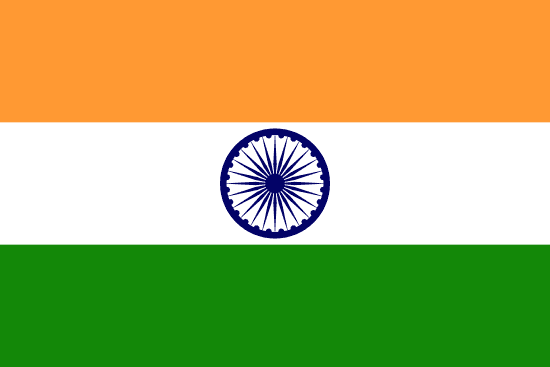"Susegad | Relax and live at a leisurely pace"
About:
Goa, a state in western India, has a rich history dating back to the 3rd century BC, when it was part of the Maurya Empire. It was later ruled by multiple dynasties, including the Kadambas, Chalukyas, and Rashtrakutas. In 1510, the Portuguese conquered Goa, making it the first European colony in Asia. It remained under Portuguese control until 1961, when India annexed it following a military operation. Today, Goa is known for its diverse culture, historic architecture, and popular beach resorts.
When to visit:
Goa, a popular beach destination in India, experiences a tropical climate with distinct wet and dry seasons. The best time to visit Goa for a holiday is during the dry season, which typically falls between November and March. During these months, the weather is pleasant with clear skies and cooler temperatures, making it ideal for beach activities and sightseeing. However, it is important to note that this period is also the peak tourist season in Goa, so it is advisable to book accommodations and activities in advance.
When to avoid:
The worst time to travel to Goa on a holiday is during the monsoon season, which typically occurs from June to September. During this time, heavy rainfall can lead to flooding, transportation disruptions, and limited outdoor activities. Many beach shacks and water sports operators may be closed during the monsoon season, reducing the overall tourist experience. It is advisable to avoid planning a trip to Goa during these months to ensure a more enjoyable and hassle-free holiday experience.
Monsoon Season (June–September)
In Goa, the monsoon season from June to September is the wettest part of the year. Average temperatures range from 25 to 30°C, with high humidity. It receives heavy rainfall, around 3000mm, making the region lush and green. Sunlight is limited due to heavy cloud cover. An average day for a visitor involves intermittent rain showers, with the sun peeping out occasionally. Indoor activities are popular during this season, although adventurous travelers might enjoy the dramatic seascape and waterfalls.
"Summer (March–June)"
In Goa, the warmest part of the year is from March to May, marking the region's summer season. During this period, temperatures typically range from a minimum of 25°C to a maximum of 35°C. However, it can occasionally spike up to 40°C.
Rainfall during these months is minimal, as the monsoon season doesn't start until June. The region basks in abundant sunlight, with an average of 10 hours of sunshine per day, making the days long and bright.
Humidity is relatively high, often exceeding 70%, which can make the heat feel more intense. The sky is mostly clear, with little cloudiness, further contributing to the high temperatures.
For a visitor, a typical day in Goa during this period would feel hot and humid. The morning might start with a warm sunrise, followed by a hot afternoon. The evenings may bring some relief with a slight drop in temperature. Despite the heat, the clear skies and abundant sunshine make it ideal for sunbathing, beach activities, and exploring the region's natural beauty. However, visitors are advised to stay hydrated and apply sunblock to protect against the strong sun.
Language:
Konkani and Marathi are the most commonly spoken languages in Goa, India. Konkani, the official state language, is widely used for communication and is the mother tongue of a majority of Goans. Marathi, due to historical and cultural ties with the neighboring state of Maharashtra, is also frequently spoken. English, being a significant language in education and business, is widely understood and used.




